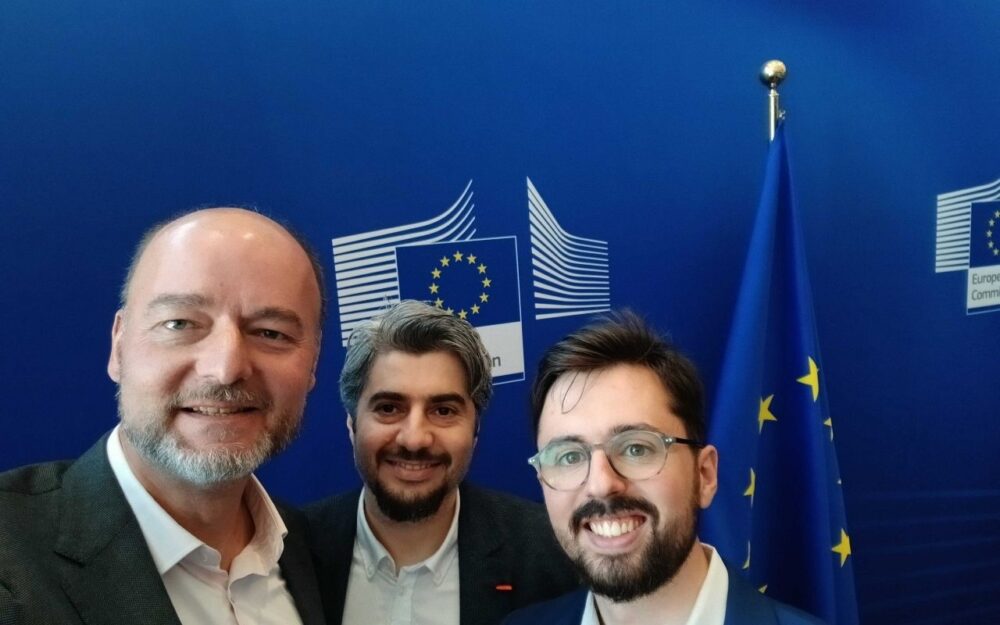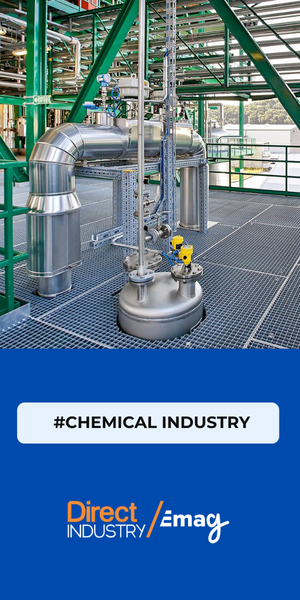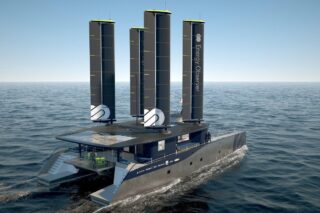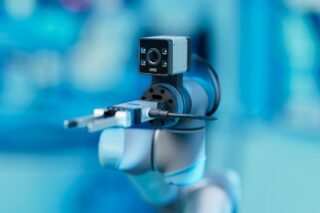A few weeks ago, Dragon LLM, a French startup spun out of Lingua Custodia, made waves in the world of artificial intelligence. The company revealed a completely new language model architecture designed in Europe, a first, capable of competing with the widely used Transformer architecture while being more frugal, efficient, and energy-conscious.
This breakthrough could change how and where AI is deployed. By drastically reducing energy consumption and computing needs, Dragon LLM’s new architecture could eventually allow AI models to run locally, on SME servers or even on a smartphone. This could therefore bring generative AI into environments that have so far relied heavily on large-scale cloud infrastructure.
A European First
Founded in 2015, Dragon LLM (formerly Lingua Custodia) originally specialized in AI models for the financial sector. In mid-October, it announced what may be one of Europe’s most significant scientific milestones in AI to date: a new European LLM architecture that delivers performance comparable to Transformer-based systems used by giants like OpenAI, Anthropic, or Mistral AI.
In an interview with DirectIndustry, Olivier Debeugny, founder and CEO of Dragon LLM said:
“The LLMs that power most generative AI use cases today are built using a certain architecture — the Transformer — which underpins about 95% of all models on the market. What’s new in our announcement is that, for the first time in a long while, a European company is proposing a new architecture to build these models. Our goal is to be more efficient and more frugal than traditional Transformers.”
Frugality — the ability to do more with less — is the cornerstone of Dragon’s innovation. While Transformer-based models require massive computing clusters and GPUs, Dragon’s architecture can deliver comparable performance using fewer active parameters and less hardware.
“A model equivalent in size to 70 billion parameters, if built on the Dragon architecture, can handle far more users on the same machine — or run at the same performance level on a smaller one,” Debeugny explains. “A smaller 7-billion-parameter model, with only 1 billion active, could even run on a standard CPU server.”
How They Did It
At the heart of this achievement is a hybrid architecture that retains some of the strengths of Transformers but introduces new computational blocks to optimize memory usage and inference efficiency. Instead of processing an entire dataset or context window at once, Dragon’s model can focus on the most relevant parts of the input — improving responsiveness while reducing energy and latency costs.
Dragon LLM developed and validated this architecture with the help of the European Commission, which granted the company access to high-performance computing (HPC) resources, including early access to the JUPITER supercomputer in Germany — one of Europe’s most advanced.
“We were able to create and validate our demonstration model without massive private investment,” notes Debeugny. “It proves that Europe has the expertise and the computing infrastructure to innovate in foundational AI technologies, and to stand alongside the U.S. and China.”
Democratizing AI for All
Beyond its technical brilliance, Dragon’s architecture aims to democratize access to generative AI. Its frugal design opens the door for companies — especially small and medium-sized enterprises (SMEs) — to deploy advanced AI models on local servers, reducing dependency on expensive GPU clusters or U.S.-based cloud providers.
“One of our goals is to make a model so efficient it could even run on a smartphone in airplane mode,” says Debeugny. “We’re still working on it, but that’s the level of frugality we’re aiming for. The mobile use case is especially relevant for sectors like defense or other sensitive industries.”
This approach also aligns with Europe’s broader push for digital sovereignty — the idea that European companies should control their own data, infrastructure, and technological future. By making AI architectures that can operate independently of large U.S. clouds like AWS or Azure, Dragon LLM contributes directly to that vision.
Expertise and Process
Dragon LLM employs a tight-knit team of around 15 people, most of whom are PhDs in machine learning, AI engineering, or data science. Their work is grounded in years of research and iteration.
“Evaluation is the hardest part,” Debeugny admits. “You have to measure whether the model performs as expected, understand why it fails, and start over. Those cycles of training, retraining, and evaluation are our core functions — and they’re what make real progress possible.”
A Step Toward a Sovereign, Sustainable AI Future
By designing a frugal, high-performance AI architecture entirely in Europe, Dragon LLM is doing more than advancing research — it’s laying the foundations for a sovereign, sustainable AI ecosystem. The startup’s breakthrough demonstrates that innovation in generative AI doesn’t have to depend on massive capital, energy-hungry data centers, or foreign infrastructure.
If successful, Dragon could become not just a scientific milestone, but a template for how Europe can build AI differently — grounded in efficiency, accessibility, and independence.
“Europe has all it takes — the expertise, the computing power, and the ambition,” Debeugny says. “Now it’s about showing that we can build our own path in AI.”
Debeugny is also advocating for the creation of a European “Airbus of Generative AI.”
Interested in other European tech? Read our story











